Heals before the wedding: cell proliferation and regenerative abilities of jellyfish
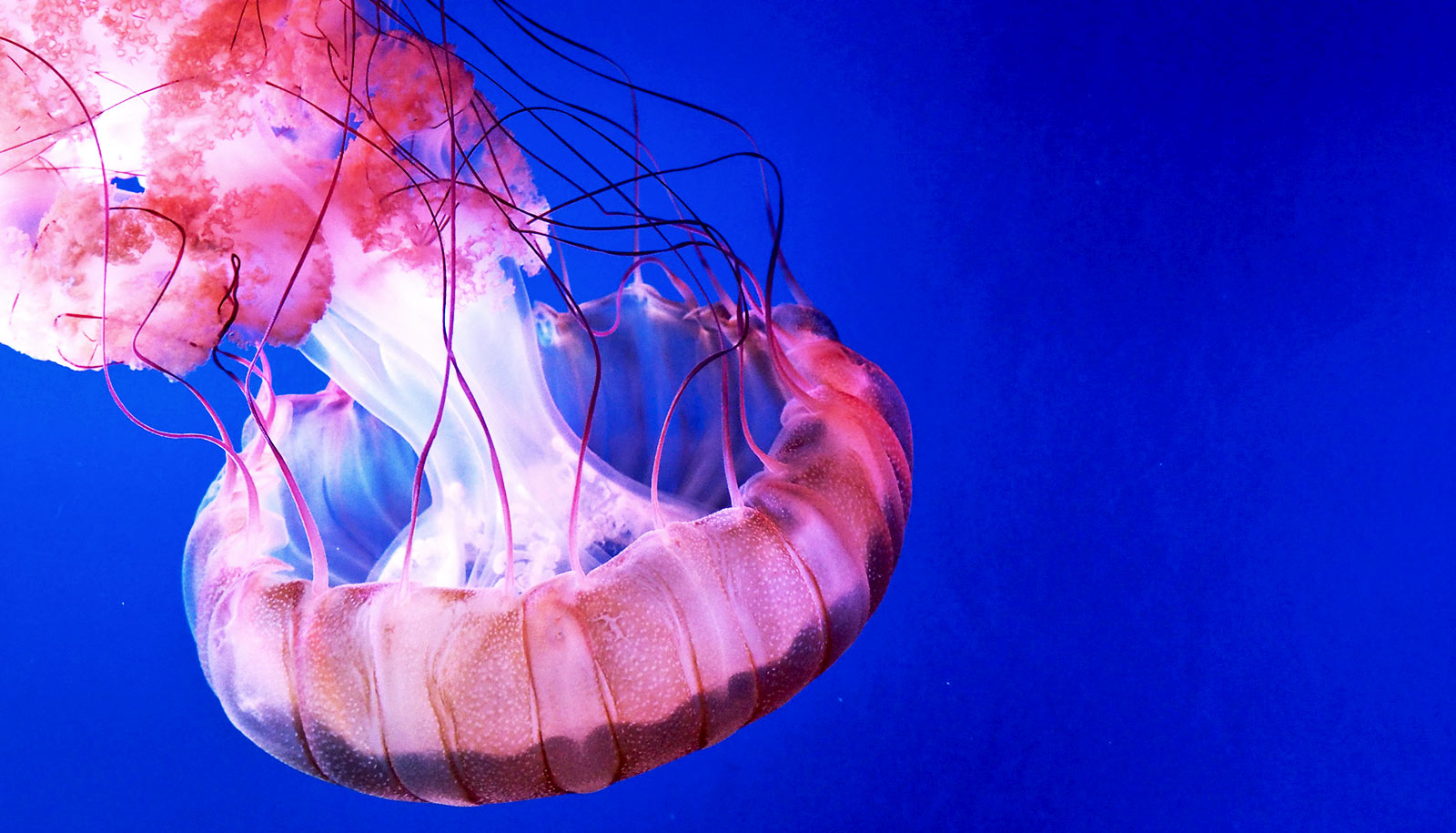
What do Wolverine, Deadpool and jellyfish have in common? All of them have an amazing feature - regeneration. Of course, in comics and movies, this ability, common among an extremely limited number of real living organisms, is slightly (and sometimes very) exaggerated, but it remains quite real. But what is real can be explained by what scientists from Tohoku University (Japan) decided to do in their new study. What cellular processes in the body of jellyfish are associated with regeneration, how does this process proceed, and what other superpowers do these jelly-like creatures have? The report of the research group will tell us about this. Go.
Study basis
First of all, scientists explain why they decided to focus their attention on jellyfish. The fact is that most research in the field of biology is carried out with the participation of the so-called model organisms: mice, fruit flies, worms, fish, etc. But there are millions of species living on our planet, each of which has one or another unique ability. Consequently, it is impossible to fully evaluate the process of cellular regeneration by studying only one species, and to assume that the mechanism studied will be common to all creatures on Earth.
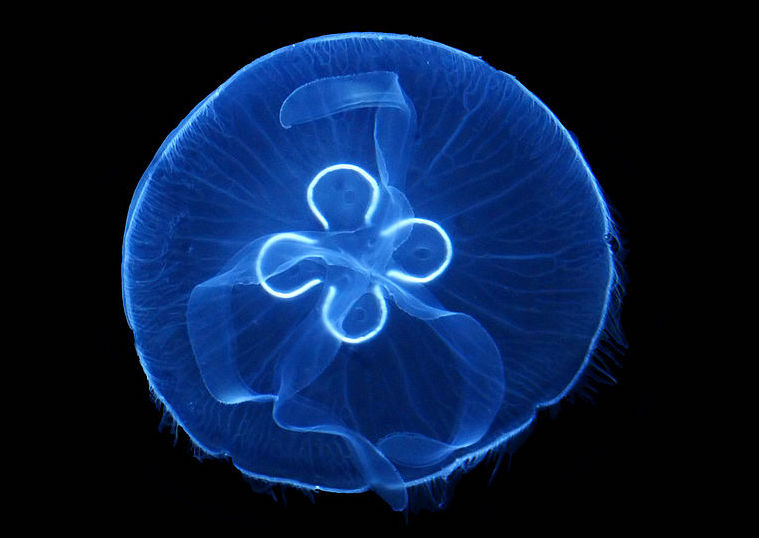
As for jellyfish, these creatures with their appearance speak of their uniqueness, which cannot but attract the attention of scientists. Therefore, before proceeding to the dissection of the study itself, I met its main character.
The word "jellyfish", which we used to call a creature as such, in fact refers only to the stage of the life cycle, striking from the subtype of Medusozoa . The people who got them got such an unusual name due to the presence of stinging cells (knidocyte) in their body, which are used for hunting and self-defense. Simply put, when a jellyfish stung you, you can thank these cells for the pain and suffering.
Knidocytes contain knidocysts, an intracellular organelle responsible for the stinging effect. In their appearance and, accordingly, the method of application, several types of knidocytes are distinguished, among which one can distinguish:
- penetrants - threads with pointed ends that pierce the body of the victim or offender, like spears, injecting a neurotoxin;
- glutenants - sticky and long threads that envelop the victim (not the most pleasant hugs);
- volvents are short threads in which the victim can easily get confused.
Such non-standard weapons are explained by the fact that jellyfish, although graceful, but not particularly nimble creatures. Neurotoxin, which enters the body of the prey, instantly paralyzes it, which gives the jellyfish a lot of time for a lunch break.

Jellyfish after a successful hunt.
In addition to the unusual method of hunting and defense, jellyfish have very unusual breeding. The males produce sperm, and the females produce eggs, after the fusion of which form planules (larvae) that settle on the bottom. After a while, a polyp grows out of the larva, from which, upon reaching its maturity, young jellyfish literally break off (in fact, budding occurs). Thus, there are several stages of the life cycle, one of which is the jellyfish or jellyfish generation.

Hairy cyanoea, also known as the "lion's mane."
If hairy cyanide was asked how to increase the effectiveness of hunting, she would answer - more tentacles. There are about 60 of them (clusters of 15 tentacles at each corner of the dome). In addition, this type of jellyfish is considered the largest, because the diameter of the dome can reach 2 meters, and tentacles during hunting can stretch up to 20 meters. The good thing is that this species is not particularly "poisonous", therefore it is not fatal to humans.
A sea wasp, in turn, would add quality to quantity. This jellyfish species also has 15 tentacles (3 m in length) on each of the four corners of the dome, but their venom is many times stronger than that of a large relative. It is believed that the neurotoxin in the body of the sea wasp is enough to kill 60 people in 3 minutes. This thunderstorm of the seas lives in the coastal zone of northern Australia and New Zealand. According to data from 1884 to 1996, 63 people died in Australia, but this data may be inaccurate, and the number of fatal encounters between a person and a sea wasp can be much larger. However, according to the data for 1991-2004, out of 225 cases, only 8% of the victims were hospitalized, among whom there was one death (three-year-old child).

Sea wasp
Now back to the study we are considering today.
From the point of view of cells, the most important process in the whole life of any organism is cell proliferation - the process of tissue growth through cell division. During the growth of the body, this process regulates the increase in body size. And when the body is fully formed, the proliferating cells regulate the physiological exchange of cells and the replacement of damaged ones with new ones.
Streliki, being a related group of bilateral and early branches of the development of multicellular organisms, have been used to study evolutionary processes for many years. Therefore bowing is no exception in the aspect of proliferation. For example, during the embryonic development of the sea anemone Nematostella vectensis, cell proliferation is coordinated with the organization of the epithelium and is involved in the development of tentacles.

Nematostella vectensis
Among other things, bowing, as we already know, are known for their regenerative abilities. For hundreds of years, the most popular among researchers have been considered hydra polyps (a genus of freshwater sedentary intestinal from the hydroid class). Proliferation activated by dying cells triggers the regeneration of the hydra basal head. The very name of this creature hints at a mythical creature known for its regeneration - the Lernean hydra, which Hercules could defeat.
Although regenerative abilities were managed to be attached to proliferation, it remains unclear exactly how this cellular process proceeds under normal conditions at different stages of the development of the body.
Jellyfish, having a complex life cycle consisting of two stages of reproduction (vegetative and sexual), serve as an excellent model for studying proliferation.
In this work, the role of the main studied individual was played by the jellyfish of the species Cladonema pacificum. This species lives off the coast of Japan. Initially, this jellyfish has 9 main tentacles, which begin to branch and increase in size (like the whole body) during development to an adult. This feature allows you to study in detail all the mechanisms that are involved in this process.
In addition to Cladonema pacificum , the study also examined other types of jellyfish: Cytaeis uchidae and Rathkea octopunctata .
Research results
In order to understand the spatial pattern of cell proliferation in Cladonema medusa, scientists used 5-ethynyl-2'-deoxyuridine (EdU) staining, which marks cells in S-phase * or cells that have already passed it.
S-phase * is the phase of the cell cycle in which DNA replication occurs.Given that Cladonema dramatically increases in size and exhibits branching of tentacles during development ( 1A - 1C ), the distribution of proliferating cells can change throughout maturation.

Image No. 1: Features of cell proliferation in young Cladonema.
Due to this feature, it was possible to study the mechanism of cell proliferation in both young (day 1) and sexually mature (day 45) jellyfish.
In young jellyfish, EdU-positive cells were found in large numbers throughout the body, including an umbrella, manubrium (the supporting organ of the oral cavity in jellyfish) and tentacles, regardless of the time of exposure to EdU ( 1D - 1K and 1N - 1O , EdU: 20 μM ( micromolar) after 24 hours).
In the manubrium, quite a few EdU-positive cells ( 1F and 1G ) were found, but in the umbrella their distribution was very uniform, especially in the outer shell of the umbrella ( exumbrella , 1H - 1K ). In tentacles, EdU-positive cells were strongly clustered ( 1N ). The use of a mitotic marker (PH3 antibody) made it possible to verify that EdU-positive cells are precisely proliferating cells. PH3-positive cells were detected both in the umbrella and in the bulb of the tentacle ( 1L and 1P ).
In tentacles, mitotic cells were mainly found in the ectoderm ( 1P ), while in the umbrella, proliferating cells were located in the surface layer ( 1M ).
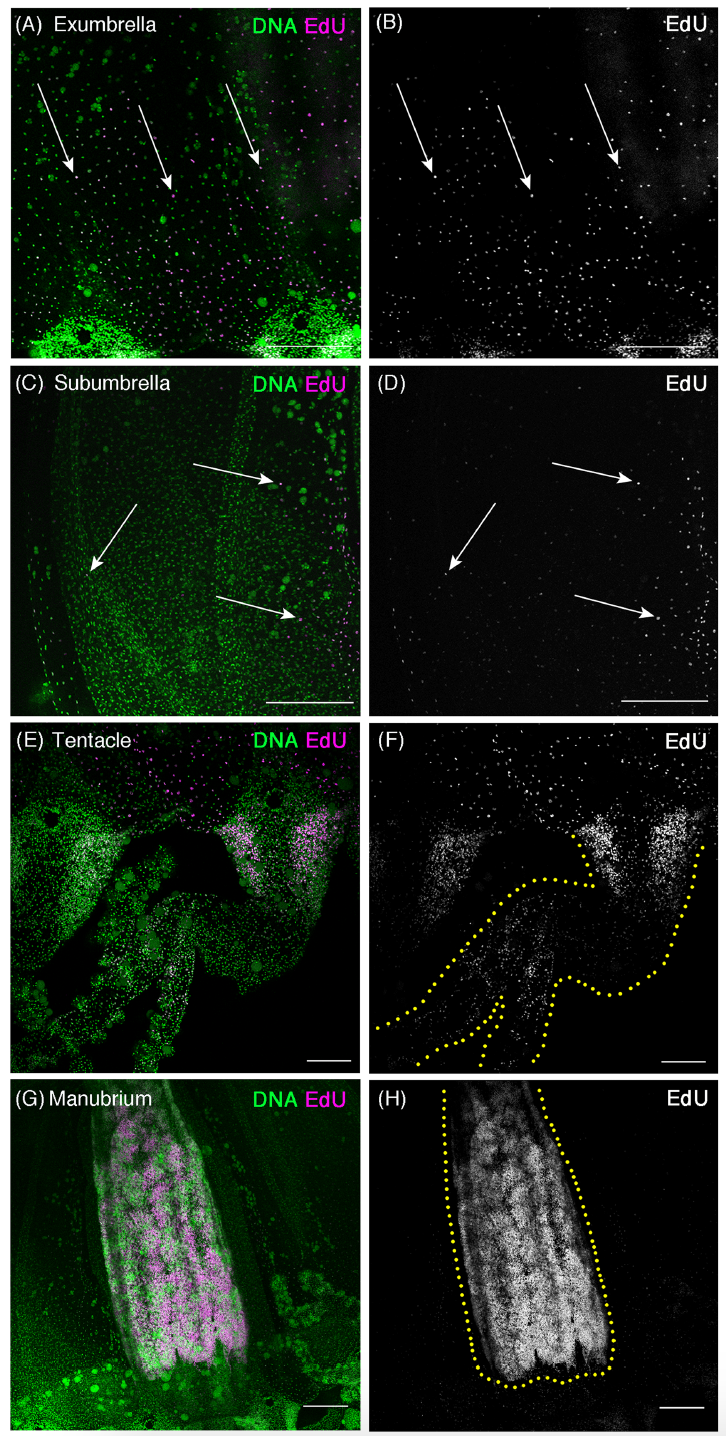
Image No. 2: Features of Cell Proliferation in Mature Cladonema.
Both in young individuals and in mature, EdU-positive cells were found in large numbers throughout the body. In the umbrella, EdU-positive cells were more often found in the surface layer than in the lower one, which is similar to the observations in young individuals ( 2A - 2D ).
But in the tentacles, the situation was somewhat different. EdU-positive cells accumulated at the base of the tentacle (bulb), where two clusters were found on both sides of the bulb ( 2E and 2F ). In young individuals, similar accumulations were also observed ( 1N ), i.e. tentacle bulbs can be the main proliferation zone throughout the medusoid stage. Interestingly, in the manubrium of adults, the number of EdU-positive cells was significantly higher than in young ( 2G and 2H ).
The intermediate result is that cell proliferation can occur evenly in the jellyfish umbrella, and in tentacles this process is very localized. Therefore, it can be assumed that uniform cell proliferation can control body growth and tissue homeostasis, while clusters of proliferating cells near the tentacle bulbs are involved in the morphogenesis of tentacles.
In the aspect of the development of the body as such, proliferation plays an important role in the growth of the body.
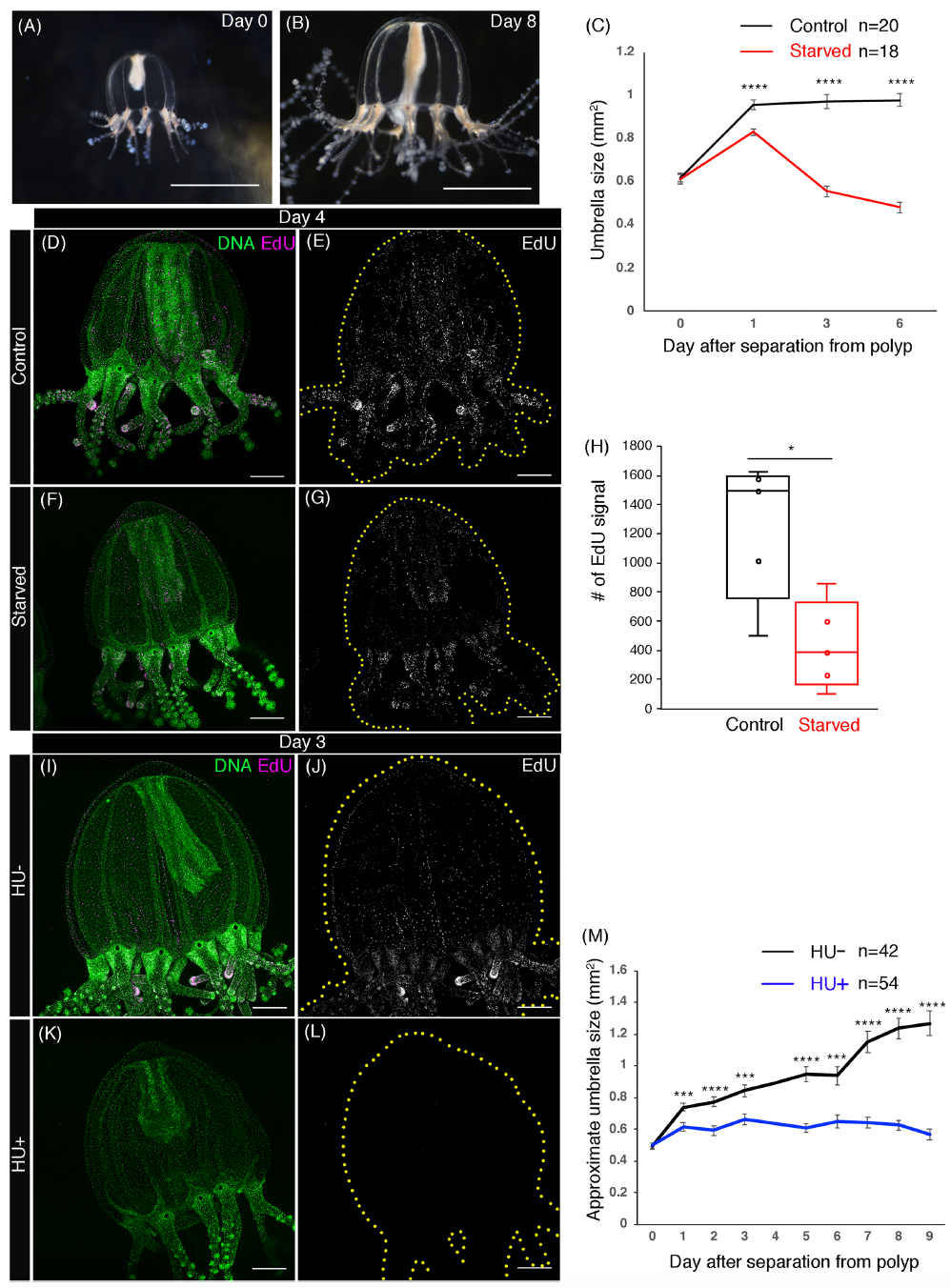
Image 3: The importance of proliferation in the growth of a jellyfish body.
In order to test this in practice, scientists tracked the growth of the body of jellyfish, starting with young individuals. It is easiest to determine the body size of a jellyfish by its dome, as it grows evenly and in direct proportion to the entire body.
Under normal laboratory feeding, the size of the dome increases dramatically by 54.8% during the first 24 hours - from 0.62 ± 0.02 mm 2 to 0.96 ± 0.02 mm 2 . Over the next 5 days of observations, the size increased slowly and smoothly to 0.98 ± 0.03 mm 2 ( 3A - 3C ).
Jellyfish from the other group, which were deprived of food, did not grow, but decreased (red line on the graph 3C ). Cell analysis of starving jellyfish showed the presence of an extremely small number of EdU cells: 1240.6 ± 214.3 in jellyfish from the control group and 433.6 ± 133 in starving ( 3D - 3H ). This observation may be direct evidence that nutrition directly affects the proliferation process.
To test this hypothesis, scientists conducted a pharmacological analysis during which they blocked the progression of the cell cycle using hydroxycarbamide (CH 4 N 2 O 2 ), a cell cycle inhibitor that causes G1 arrest. As a result of this intervention, S-phase cells previously detected with EdU disappeared ( 3I - 3L ). Thus, the jellyfish exposed to CH 4 N 2 O 2 did not show body growth, in contrast to the control group ( 3M ).
The next stage of the study was a detailed study of branching tentacles of jellyfish in order to confirm the assumption that local proliferation of cells in tentacles contributes to their morphogenesis.

Image 4: The effect of local proliferation on the growth and branching of jellyfish tentacles.
The tentacles of young jellyfish have one branch, but over time their number increases. In laboratory conditions, branching increased 3 times on the ninth day of observations ( 4A and 4C ).
Again, when using CH 4 N 2 O 2 , no tentacle branching was observed, and there was only one branch ( 4B and 4C ). It is curious that the removal of CH 4 N 2 O 2 from the body of jellyfish restored the process of branching of tentacles, which indicates the reversibility of drug intervention. These observations clearly indicate the importance of proliferation for the development of tentacles.
Pinworms would not be pinworm without nematocytes (cnidocyte, i.e., pinworm cells). In the jellyfish of the species Clytia hemisphaerica, stem-shaped cells in the bulbs of the tentacles deliver nematocysts to the tips of the tentacles precisely due to cell proliferation. Naturally, scientists decided to check this statement.
To detect any connection between nematocysts and proliferation, a core stain was used that can mark the poly-γ-glutamate synthesized in the wall of the nematocyst (DAPI, i.e. 4 ', 6-diamidino-2-phenylindole).
Staining of poly-γ-glutamate allowed us to estimate the size of nematocytes, varying from 2 to 110 μm 2 ( 4D - 4G ). A number of empty nematocysts were also detected, i.e. such nematocytes were depleted ( 4D - 4G ).
The proliferation activity in the tentacles of jellyfish was verified by studying the voids in nematocytes after blocking the cell cycle due to CH 4 N 2 O 2 . The proportion of empty nematocytes in jellyfish after drug intervention was higher than in the control group: 11.4% ± 2.0% in jellyfish from the control group and 19.7% ± 2.0% in jellyfish with CH 4 N 2 O 2 ( 4D - 4G and 4H ). Therefore, even after depletion, nematocytes continue to be actively supplied with proliferation progenitor cells, which confirms the influence of this process not only on the development of tentacles, but also on nematogenesis in them.
The most interesting was the stage of research on the regenerative abilities of jellyfish. Given the high concentration of proliferative cells in the tentacle bulb in mature Cladonema jellyfish, the scientists decided to study the regeneration of the tentacles.
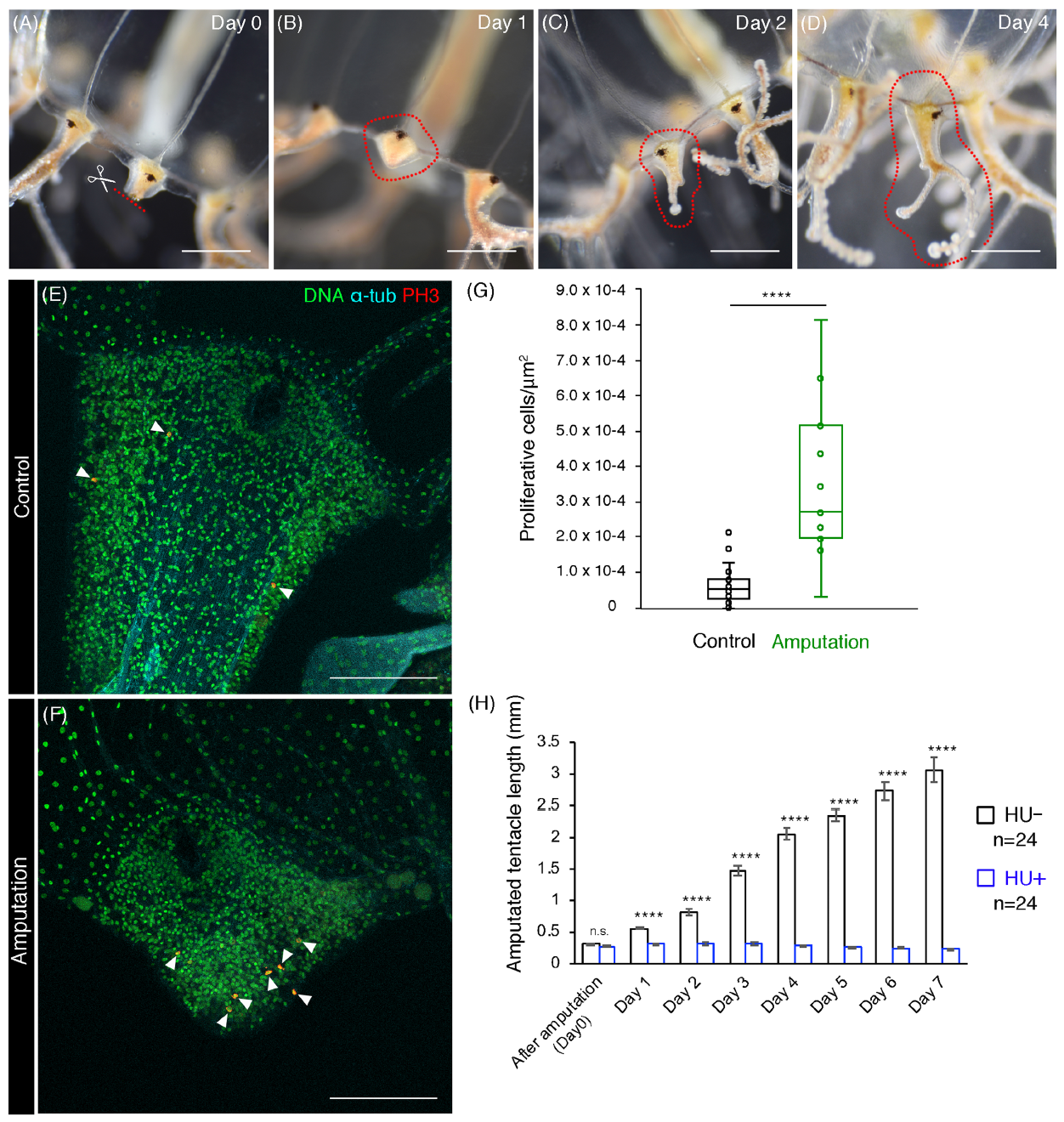
Image 5: The effect of proliferation on the regeneration of tentacles.
After dissection of the tentacles at the base, a regeneration process was observed ( 5A - 5D ). During the first 24 hours, healing occurred in the incision area ( 5B ). On the second day of observation, the tip began to lengthen and branching appeared ( 5C ). On the fifth day, the tentacle was fully branched ( 5D ), therefore, the regeneration of the tentacle may follow the normal morphogenesis of the tentacle after lengthening.
To better study the initial stage of regeneration, scientists analyzed the distribution of proliferating cells using PH3 staining to visualize mitotic cells.
While dividing cells were often observed near the amputated region, mitotic cells were dispersed in uncut control tentacle bulbs ( 5E and 5F ).
A quantitative assessment of the PH3-positive cells present in the bulbs of the tentacles revealed a significant increase in the PH3-positive cells in the bulbs of the tentacles in individuals with amputated limbs compared to the control group ( 5G ). As a conclusion, the initial regenerative processes are accompanied by an active increase in cell proliferation in the tentacle bulbs.
The effect of proliferation on regeneration was verified by blocking cells with CH 4 N 2 O 2 after cutting off the tentacles. In the control group, the extension of the tentacle after its amputation occurred normally, as expected. But in the group on which CH 4 N 2 O 2 was applied, elongation did not occur, despite normal wound healing ( 5H ). In other words, healing will occur anyway, but proliferation is necessary for proper regeneration of the tentacle.
Finally, scientists decided to study proliferation in other species of jellyfish, namely, Cytaeis and Rathkea .
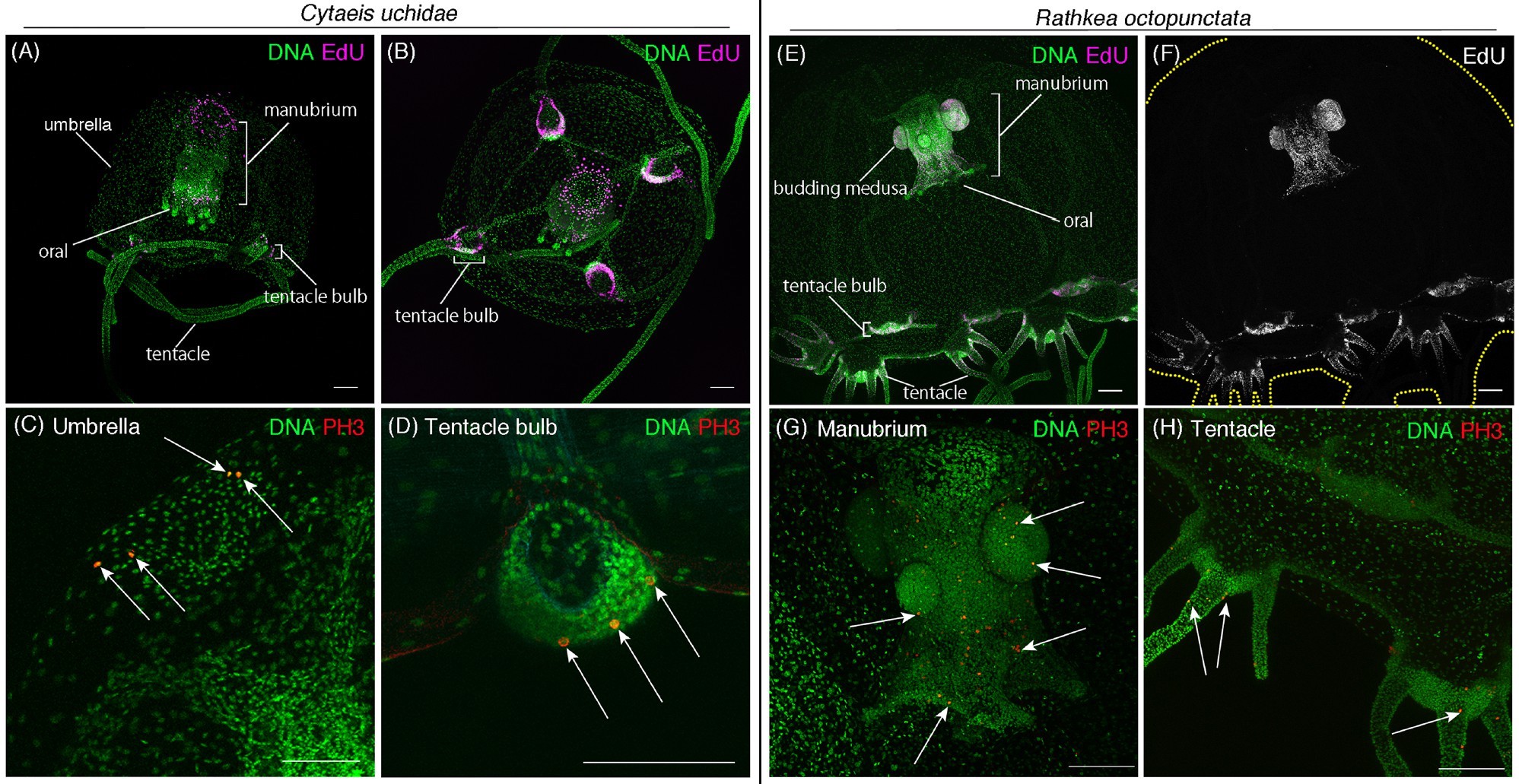
Image 6: Comparison of proliferation in jellyfish of the Cytaeis species (left) and Rathkea (right).
In Cytaeis medusa, EdU-positive cells were observed in the manubrium, tentacle bulbs, and in the upper part of the umbrella ( 6A and 6B ). The location of the detected PH3-positive cells in Cytaeis is very similar to Cladonema , however, there are some differences ( 6C and 6D ). But in Rathkea, EdU-positive and PH3-positive cells were found almost exclusively in the area of the manubrium and tentacle bulbs ( 6E - 6H ).
It is also interesting that proliferating cells were often detected in the kidneys of the Rathkea jellyfish ( 6E - 6G ), which reflects the asexual type of reproduction of this species.
Given the information received, it can be assumed that cell proliferation occurs in the bulbs of the tentacles by no means only in one species of jellyfish, although there are differences due to the difference in physiology and morphology.
For a more detailed acquaintance with the nuances of the study, I recommend that you look into the report of scientists .
Epilogue
One of my favorite literary characters is Hercule Poirot. The astute detective always paid particular attention to small details that seemed unimportant to others. Scientists remind a lot of detectives who collect all the evidence that can be found to answer all the questions of the investigation and calculate the “culprit”.
No matter how obvious this may sound, the regeneration of jellyfish cells is directly related to proliferation - an integral process in the development of cells, tissues and, as a result, the whole organism. A more meticulous study of this comprehensive process will allow a better understanding of the molecular mechanisms underlying it, which will, in turn, expand not only the spectrum of our knowledge, but also directly affect our lives.
Friday off-top:
A jellyfish march of the aurelia species, disturbed by a predator with the unusual name “fried egg jellyfish”, i.e. fried egg jellyfish (Planet Earth, voice-overs - David Attenborough).
It does not belong to jellyfish, but this deep-sea creature (pelican-shaped bolsherot) is not often able to be photographed (the reaction of the researchers is simply touching).
Thank you for your attention, stay curious and have a great weekend everyone, guys! :)
A jellyfish march of the aurelia species, disturbed by a predator with the unusual name “fried egg jellyfish”, i.e. fried egg jellyfish (Planet Earth, voice-overs - David Attenborough).
It does not belong to jellyfish, but this deep-sea creature (pelican-shaped bolsherot) is not often able to be photographed (the reaction of the researchers is simply touching).
Thank you for your attention, stay curious and have a great weekend everyone, guys! :)
Thank you for staying with us. Do you like our articles? Want to see more interesting materials? Support us by placing an order or recommending it to your friends, a 30% discount for Habr users on a unique analog entry-level server that we invented for you: The whole truth about VPS (KVM) E5-2650 v4 (6 Cores) 10GB DDR4 240GB SSD 1Gbps from $ 20 or how to divide the server? (options are available with RAID1 and RAID10, up to 24 cores and up to 40GB DDR4).
Dell R730xd 2 times cheaper? Only we have 2 x Intel TetraDeca-Core Xeon 2x E5-2697v3 2.6GHz 14C 64GB DDR4 4x960GB SSD 1Gbps 100 TV from $ 199 in the Netherlands! Dell R420 - 2x E5-2430 2.2Ghz 6C 128GB DDR3 2x960GB SSD 1Gbps 100TB - from $ 99! Read about How to Build Infrastructure Bldg. class c using Dell R730xd E5-2650 v4 servers costing 9,000 euros for a penny?
All Articles